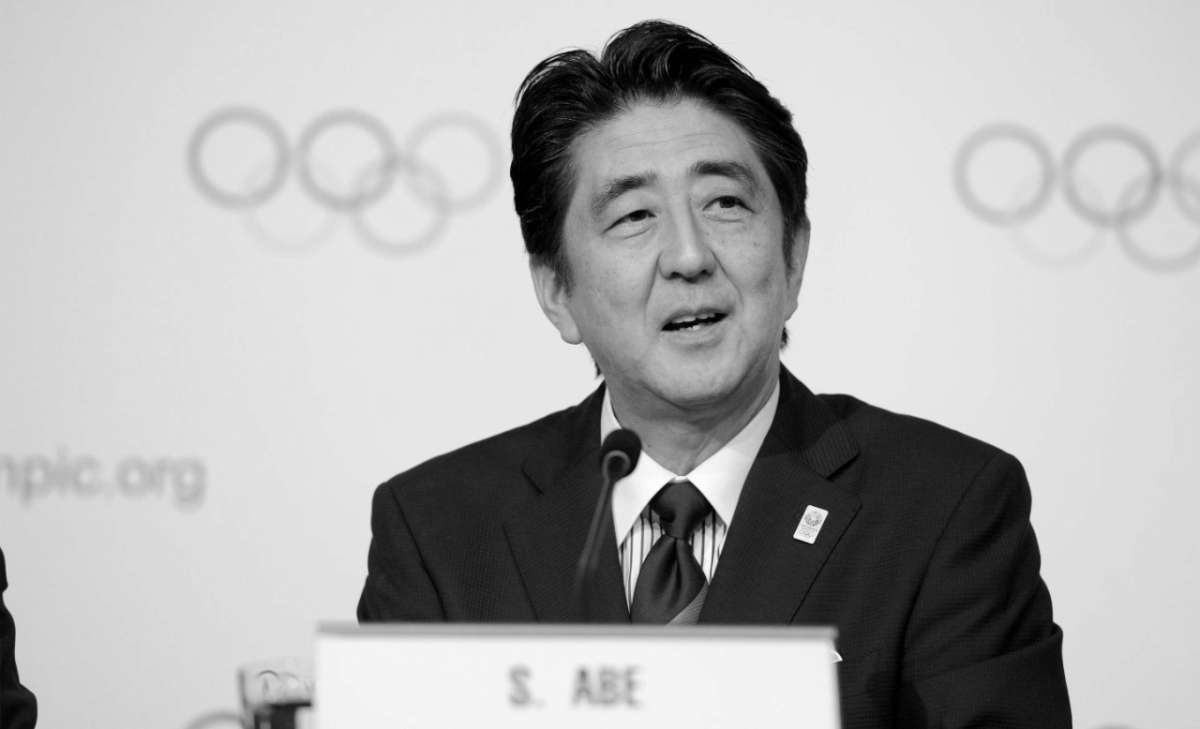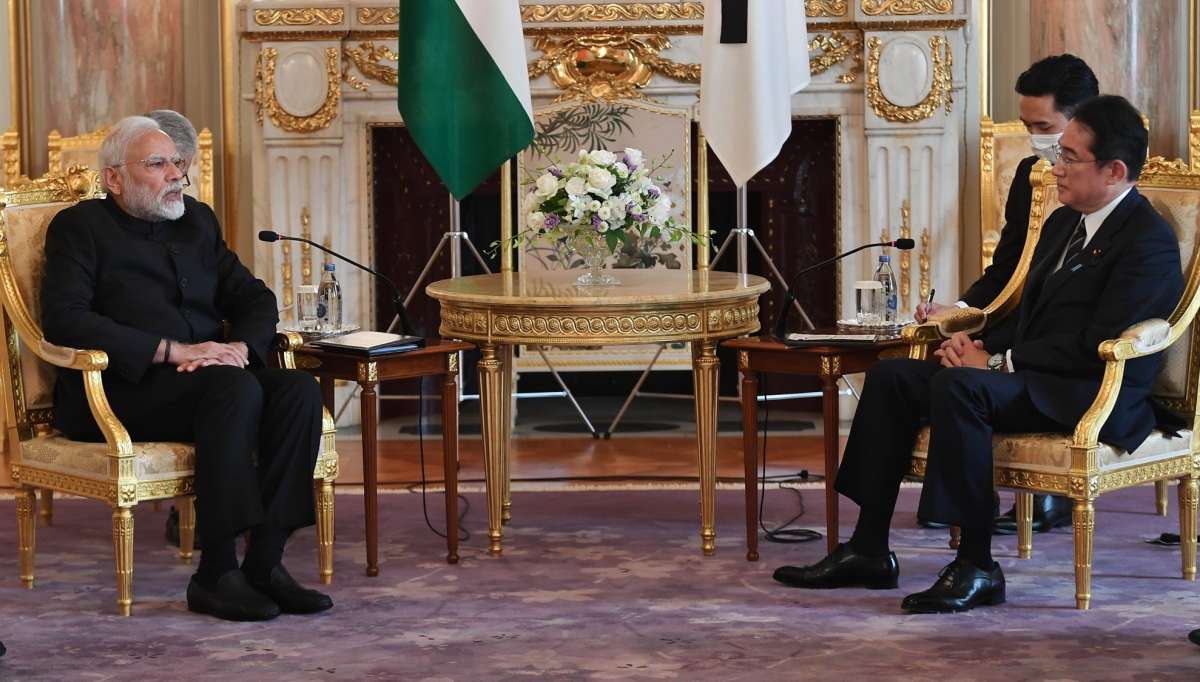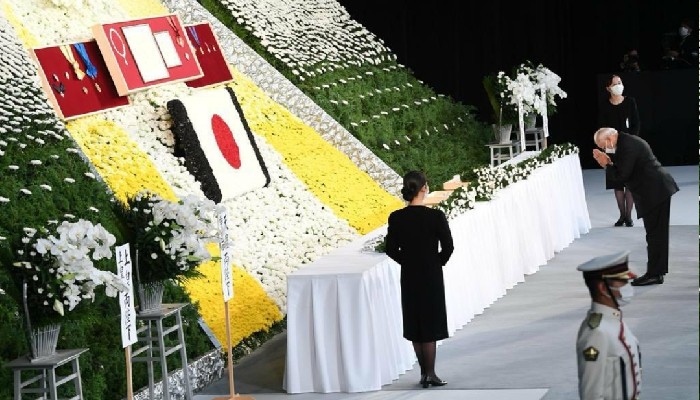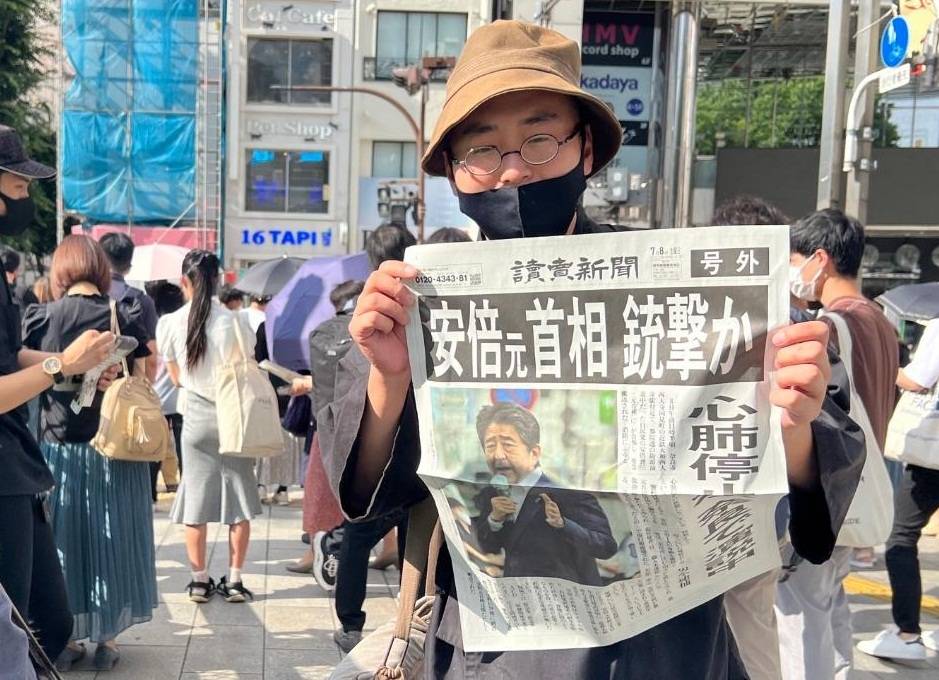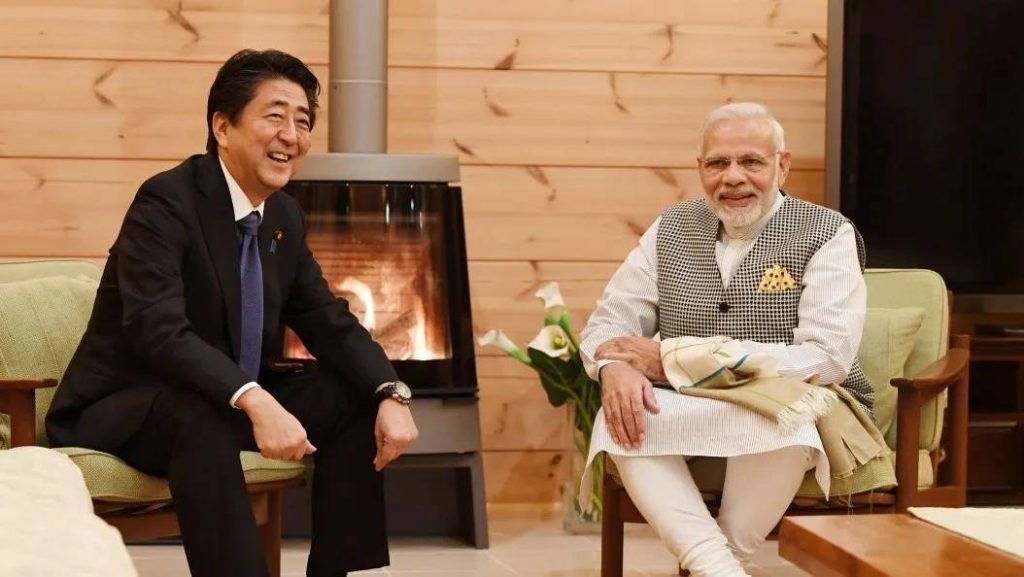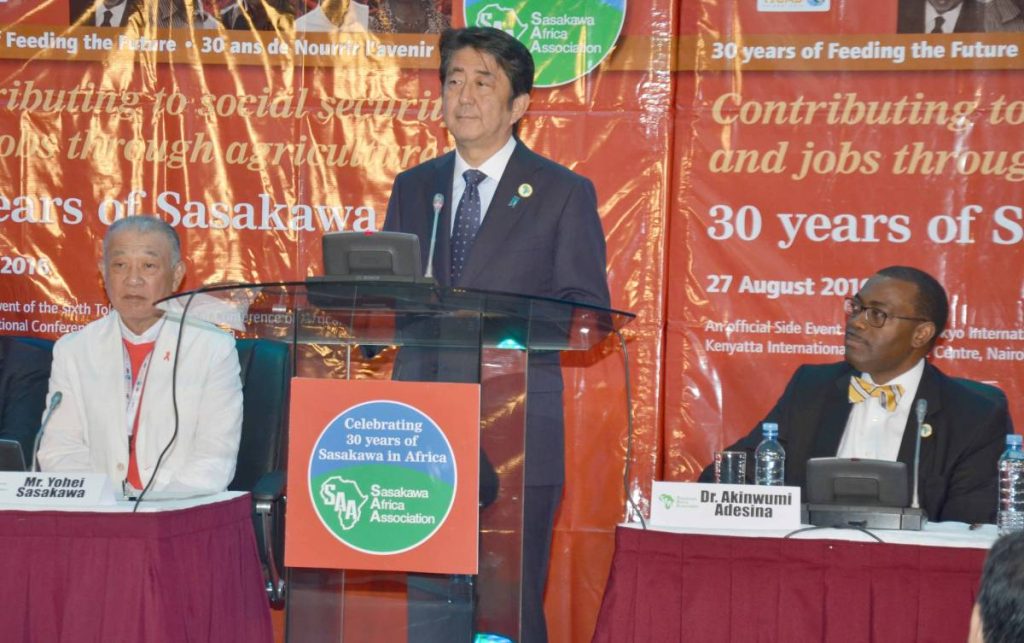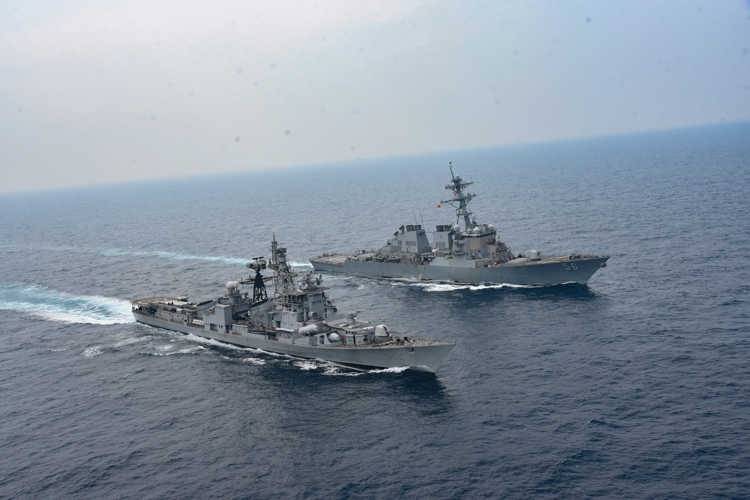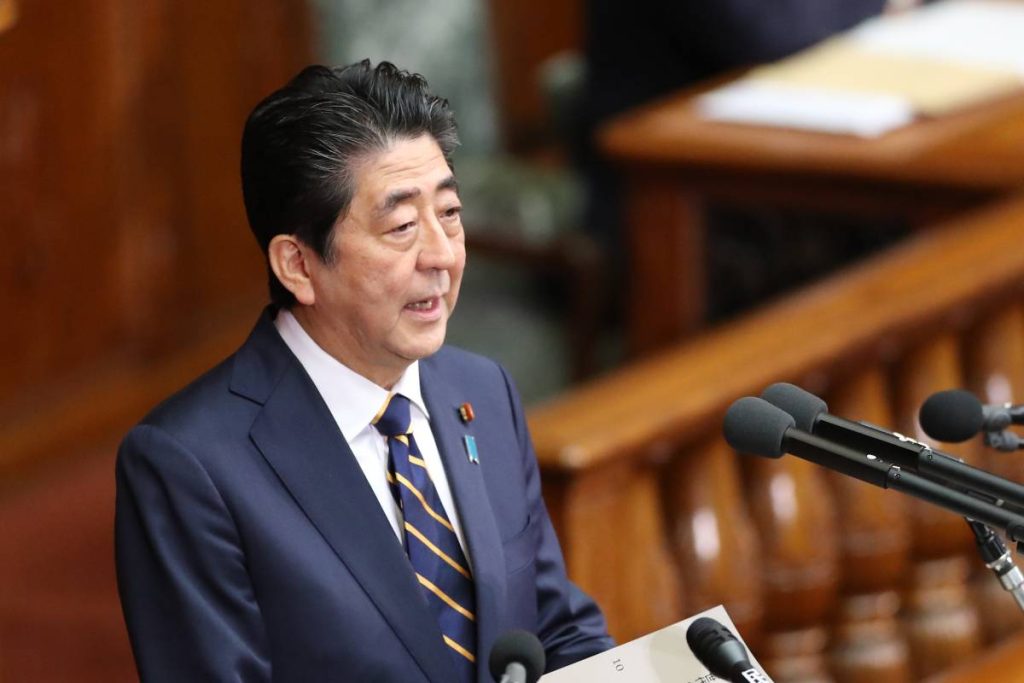Prime Minister Fumio Kishida received the ashes, which appear to be contained in a ceremonial box…reports Asian Lite News
Japan on Tuesday bid a final farewell to the late Prime Minister Shinzo Abe, the country’s longest serving leader, at a state funeral.
The 67-year-old politician was gunned down at an election rally in July, the BBC reported.
Some 20,000 police officers have been reportedly being deployed for the security at the event being held at the Nippon Budokan arena in central Tokyo which is estimated to cost taxpayers $1.65 billion yen ($11 million).
The event is currently underway with thousands of dignitaries from all over the world, including Indian Prime Minister Narendra Modi, seated in the arena.
Prime Minister Fumio Kishida received the ashes, which appear to be contained in a ceremonial box.
He then formally handed it to military officers who placed the box in the centre of the altar, set up at the front of the room.
Up to 1,000 soldiers are set to perform ceremonial duties, with a military honour guard firing 19 blank rounds from a cannon to salute the former Prime Minister.
This is only the second state funeral held in Japan. The other was for former Prime Minister Yoshida Shigeru 55 years ago.
Members of the public have been laying flowers outside the venue to pay their respects. Flags at government offices across Japan are also being flown at half-mast, reports public broadcaster NHK.
But people opposing the expensive event have taken to streets in protest.
Some opponents have said that the government and Japanese taxpayers should not bear the entire cost of the event, while others question the rationale since only one other former Prime Minister has been given a state funeral since the end of World War Two.
An NHK opinion poll this month found more than half of respondents did not approve of the event. Seventy-two per cent said the government had not done a good enough job explaining why a state funeral was needed.
Abe’s death has also shed light on another political controversy. The suspect says he held a grudge against a religious group he claims bankrupted his family. He says he believed Abe had had close ties with the group.
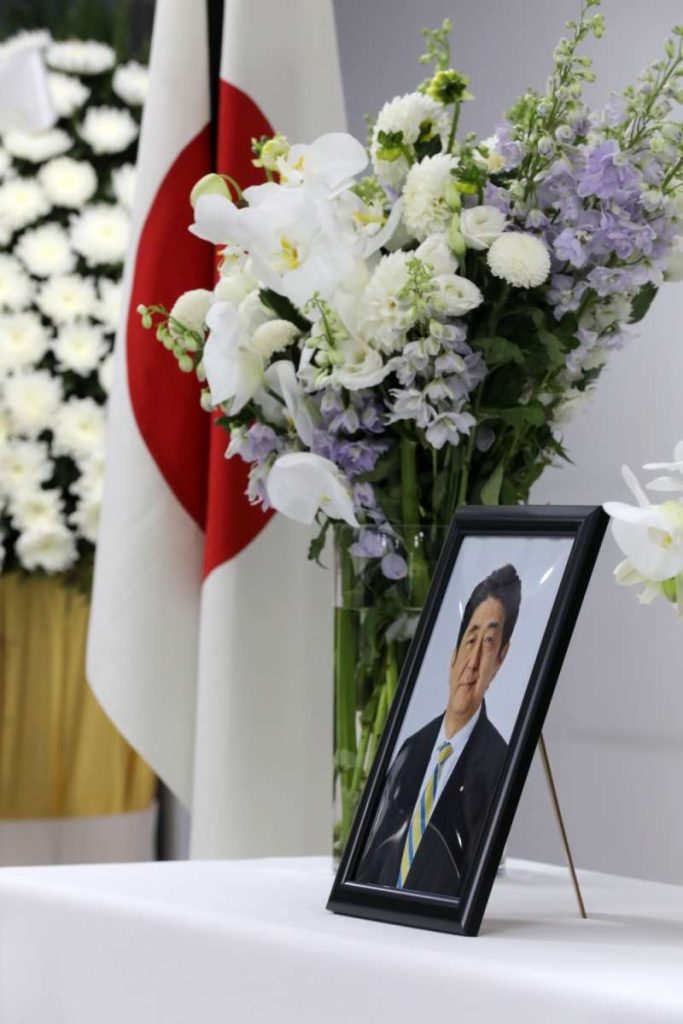
The group, previously known as the Unification Church, has been accused of demanding large sums of money from its followers.
In the wake of the shooting, hundreds of Japanese lawmakers admitted ties with the group, including about half of the main ruling Liberal Democratic Party’s members.
Kishida has told his party’s members to sever those links. Nonetheless, the latest NHK poll suggests almost two-thirds of respondents do not think the LDP has adequately addressed the matter.

